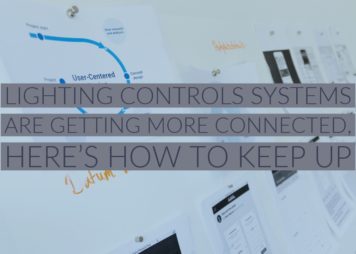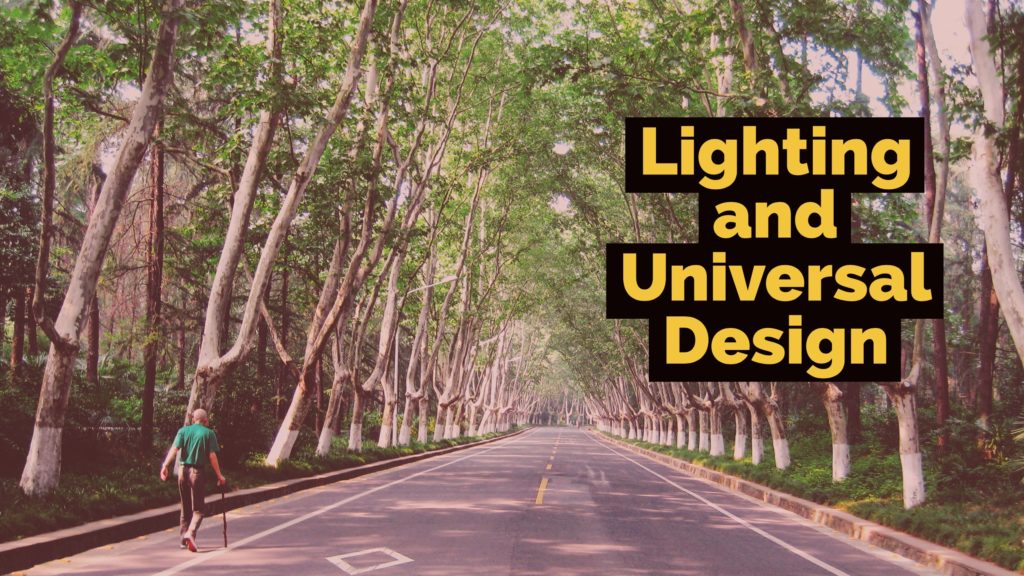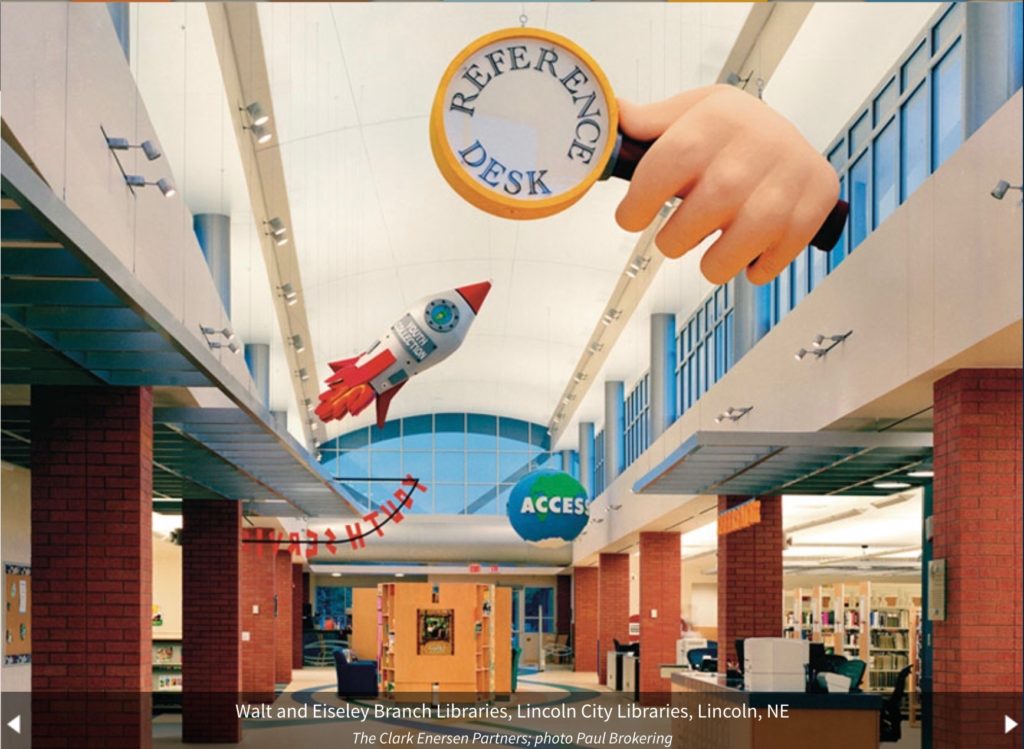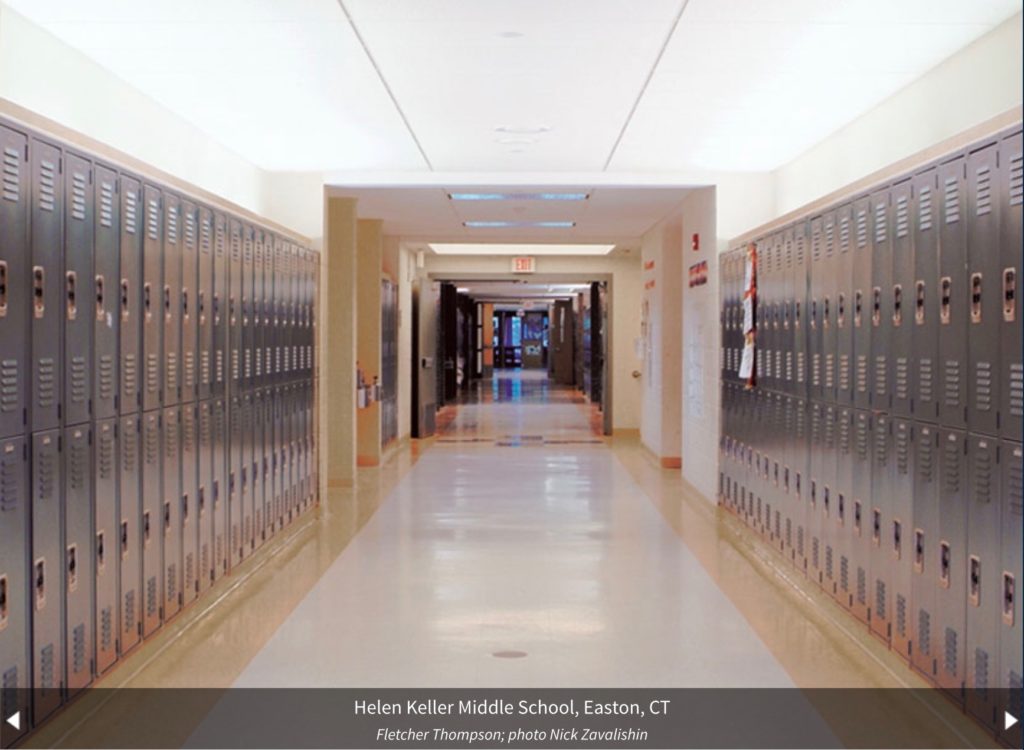Lighting Tips

Lighting Controls Systems Are Getting More Connected, Here’s How To Keep Up
Connected Lighting Is Here, Now What? Lighting control systems today are evolving as rapidly as...
Read Article
This week, I attended the Universal Design Conference at The Center for Architecture. If you’re like me, then the concept of Universal Design is one that you’ve heard of tangentially, but probably aren’t intimately familiar with. The conference gave a UD novice like me a starting point in the conversation and has inspired some big questions about how lighting can help Universal Design.
It’s always best to start with a definition (though I found it interesting that several speakers referred to slightly different variants of a definition) – the one I’m going with can be credited to Steinfeld and Maisel, 2012.
It is a design process that enables and empowers a diverse population by improving human performance, health and wellness, and social participation
BODY FIT
Accommodating a wide a range of body sizes and abilities
COMFORT
Keeping demands within desirable limits of body function and perception
AWARENESS
Ensuring that critical information for use is easily perceived
UNDERSTANDING
Making methods of operation and use intuitive, clear and unambiguous
WELLNESS
Contributing to health promotion, avoidance of disease and protection from hazards
SOCIAL INTEGRATION
Treating all groups with dignity and respect
PERSONALIZATION
Incorporating opportunities for choice and the expression of individual preferences
CULTURAL APPROPRIATENESS
Respecting and reinforcing cultural values, and the social and environmental contexts of any design project
We all see differently. Some of how we see can be measured – we know, for instance, as we age we need more light to adequately see printed text or fine details. Higher light levels can also help in way-finding and navigation. It’s not just the elderly who can benefit from elevated light levels. Those with visual impairments, and even well-sighted people can enjoy elevated light levels when performing concentration intensive tasks. There’s also just the matter of personal preference.
However, raising light levels for some can create harsh side effects for light sensitive people. This is why variable (dimmable) lighting is key. Giving end users the ability to control the light level of their space should be a core tenant of lighting for Universal Design
The benefits of daylight for people across all spectrums of ability is well documented. Daylight aides circadian cycles of healthy rest and alertness cycles, it aides in the natural production of vitamin D, and is known to stimulate the bodies systems, and of course the additional natural light aides in basic visual acuity. That said, it’s not always a common feature of new designs, and was an afterthought of spaces designed and built in the 60’s and 70’s with many core interior spaces receiving little to no sunlight.
Hand in hand with raising light levels and bringing in daylight, glare control is a must. Most designs include a provision for (at a minimum) manual shades to control daylight infiltration, but automated shades that can be lowered so that anyone, of any physical ability, can lower them easily is much better when thinking about Universal Design.

At the same time, the selection lighting fixtures and styles that obscure the light at the face of the fixture go a long way to helping reduce glare in man-made fixtures. Higher quality LED fixtures will recess the LED back in the fixture and use lenses or other tools to keep the harshest part of the light out of view. This is critical, especially in track and downlighting fixtures.

From a total design perspective, indirect lighting that uses surfaces of the space itself as the luminaire are a wonderful way to create glare and shadow free illumination for inhabitants. One project that was raised at the conference that used this methodology to great effect was the new 34th Street Hudson Yards Train Station designed by Dattner Architects and presented by Beth Greenberg. I can’t give her presentation a fair encapsulation, but if you’d like to get a sense for it, take a look at this beautiful video from the New York City Ballet.
Variable light levels for different uses of the space as well as different user preferences is a big key to making a Universal Lighting Design work, but too often end user lighting controls are simply too opaque to be understood at a glance.
Simple, large buttons with intuitive labels and design are a key to giving end users of all ability levels easy access to the lighting scheme that works best for them in a given space. It will be up to the designers of the project to determine whether physical, tactile interfaces, touch screens or user apps are the best way to give end users control over their space.
The above are a basic start to supporting Universal Design with lighting. Yet, when I listened to Jan Wilson’s talk about Universal Design for Education, it got me thinking about all of the metrics we don’t account for in our lighting schemes that might make designs more optimal for people of varying abilities, here are some.
Flicker-Rate: If you want to sell lighting for purpose of sports broadcast, there are several well-defined metrics your fixture must meet in terms of flicker rate to make them acceptable. We have no such metrics for classroom or learning facility lighting fixtures. There are many anecdotal cases of low-flicker rate lighting causing distress for children and adults on the autism spectrum. I am not aware of any definitive studies on the subject, however, this is an issue worth deeper study.
Color Quality: It stands to reason that higher color quality fixtures would help anyone visually processing data, but we have no standard for color quality for work environments, classrooms or even healthcare environments.
Circadian Cycle: There is a substantial debate in the industry over what kind of lighting qualifies as circadian friendly. We need a set of best practices around the use of certain parts of the lighting spectrum, and around tunable white lighting.
Have you worked on a project that sought to be a Universal Design? How did you accommodate?
Fill out the form below and we'll be in touch as soon as possible.